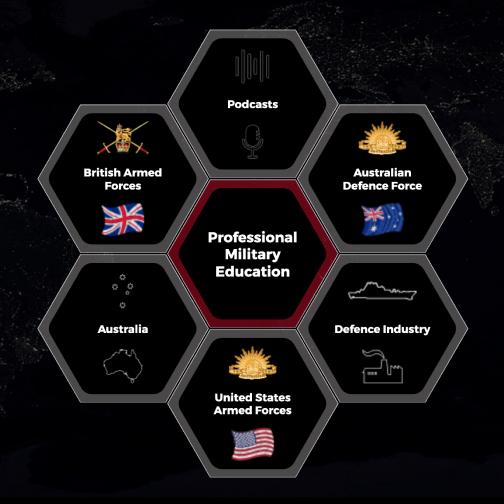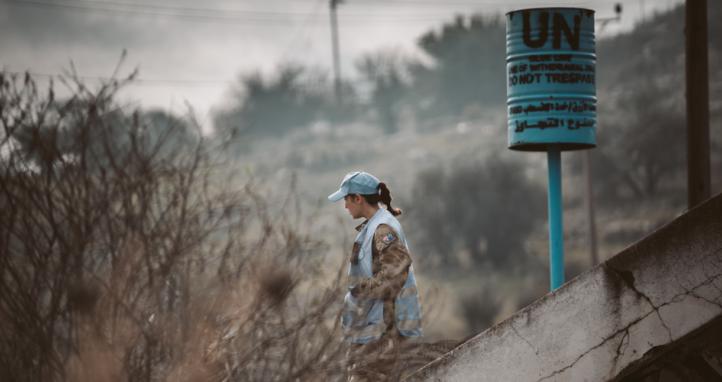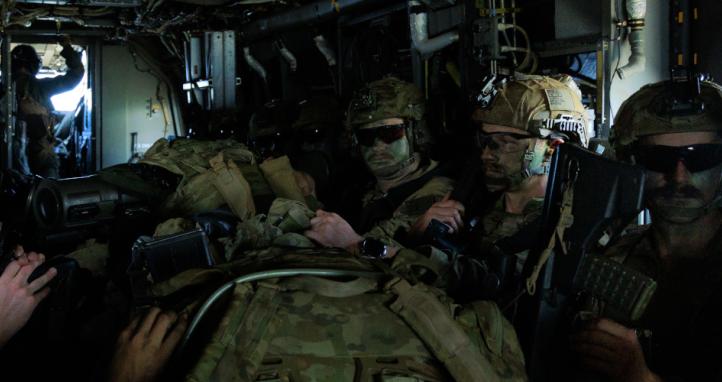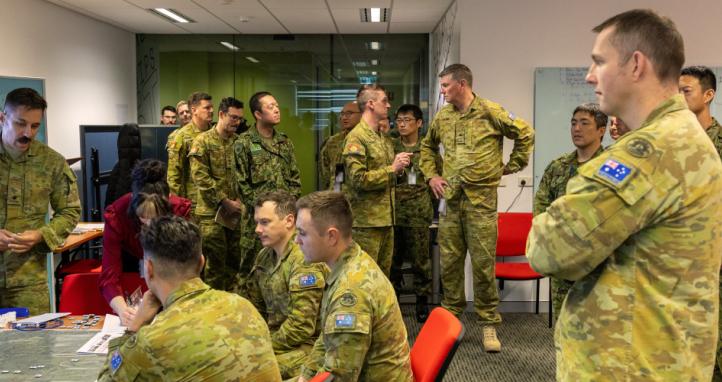This article builds on Brigadier Mic Annett’s article in Duty First, of 6 May 2025, in which he explored the benefits of increasing our national investment in Reserve Forces. This article offers a brief analysis of the approaches other nations take regarding their Reserve Force structures as they confront the uncertainties of concurrency – a challenge faced by all nations.
What does Australia do with its Army Reserve
Today, we have a Regular Army of 30,000 and a Reserve of 15,000. Of the ~45,000 positions, about 10,000 are vacant and awaiting recruitment, and several thousand more are filled with people who either cannot render effective service or choose not to (for example, by not attending required Reserve parades).
It’s no secret that we’re skinny and have been for some time. The constant gap between full-time budgeted roles and trained personnel has resulted in a continual flow of individuals into full-time positions in our Regular Army (Continuous Full Time Service, or similar). To facilitate this necessary flow of people, the Reserve Army underwent a period focused on ‘training the Reservist to the same standard as their full-time counterpart’. From around 2000 to 2015, individual training courses for Reservists became long, arduous, and essentially the same as those for full-time members. This was beneficial for the smooth movement of personnel across Service Categories.
In 2020, as we approached the Defence Strategic Review (DSR), our strategic setting changed, and we assigned the Australian Army’s 2nd (Australian) Division (a division largely comprised of Reservists) a distinct and important mission. As ADF assets move through and toward theatres to our north, the 2nd (Australian) Division would secure the homeland. This is an entirely sensible, appropriate, and attractive mission for our citizen soldiers spread across the country. With different missions come different capability requirements, which has led to an expansion of the gap between full-time and part-time training levels. Today, a Recruit Course for Reservists is radically different from its full-time equivalent, and Reserve Officers, unlike their Regular counterparts, are not graduates of RMC.
Today we have a 2nd (Australian) Division of approximately 8,000 personnel across the country, stretched thin, to match the vast homeland defence mission that would likely consume five times the soldiers if they were available. It’s a committed Reserve – to say the least. On top of this is a standing request for ‘those that can’ to render full-time service in a Regular Army that – as has been the case for many years – continuously needs more people.
Concurrency management
The first noticeable difference from other militaries is that many similar nations maintain an Army Reserve that is significantly larger than their (expensive) Regular Army.
| Country | Budgeted Full Time Active Army (Pers) | Budgeted Part time Army (pers) | Ratio (FT:PT) |
| Finland | 22,800 | 870,000 | 1:38 |
| South Korea | 365,000 | 3,100,000 | 1:8 |
| Germany | 180,000 | 900,000 (34,600 active Reservists) | 1:5 |
| Estonia | 7,700 | 37,000 | 1:5 |
| Poland | 256,000 | 870,000 | 1:3 |
| UK | 73,000 | 80,000 | 1:1 |
| USA | 500,000 | ~300,000 Guard + ~200,000 Army Reserve | 1:1 |
| Australia | 30,000 | 15,000 | 2:1 |
| Canada | 92,600 | 32,000 (including 5,000 Rangers) | 3:1 |
Second, these other nations primarily keep their Reserve in reserve. Certainly, they have tasks and must be prepared for a range of missions, given the strategic environment in Europe. However, the notion that their Reserve could be off the table concerning the act of mobilisation is absurd in these nations.
The size of a nation's Reserve isn’t simply a function of its strategic circumstances. The history of Japan undoubtedly affects its relatively small civilian soldier cadre, and the complex insurgency operations in the southern islands of the Philippines compel that nation to rely on full-time professionals instead of a reserve.
But a nation’s decision on the size of a Reserve should naturally follow from an analysis of the character of the war it expects to fight. It’s surprising to many observers that Australia’s strategic circumstances have shifted markedly according to the recent DSR, and yet our Australian Reserve has turned out to be exactly the right size and shape for these new strategic circumstances.
Does this even matter?
Hopefully not. In a world where Australia only faces wars of choice, this model of Reserve Employment is entirely satisfactory. The Government asks the Army to provide units, rotating through often difficult operations, but always at a manageable scale. We get to choose our level of commitment.
But in a world where Australia faces a war of necessity, one should be concerned about the Reserve's ability to provide a strategic or national mobilisation reserve. Let’s be honest: our Reserve is 110% committed, entirely, from pre-day one; it’s out the door on mission. Perhaps we think that the Government will feel comfortable holding back a formation to scale from and generate second and third echelons for enduring operations. To consider that feasible is to suggest it’s not a war of necessity. It’s a US regional war where Australia can dial down its contribution. We all hope that’s, in fact, the ‘worst case’ we encounter.
Exquisite Capabilities versus Mass
The more troubling conundrum at the core of our Reserve is the international experience that a Reserve should feature mass, and the undefeatable desire of our ADF to prioritise expensive world-class (exquisite) capabilities in ever-decreasing quantities ahead of mass.
In a nation where the Army Reserve is five times the size of its full-time Army, there are voices at the table saying, ‘more is better than less’ and ‘that’s good enough, I can make it work.’ However, in an Army where even the Reserve is steeped in a culture of small and beautiful capabilities, no such voice is ever heard.
Why can’t our Army Reserve grow? We might think it’s due to the changing nature of youth, DFR, and work patterns – they likely all contribute. But maybe it’s also because we enjoy being just as competent as the full-time Army. We appreciate having a standard that few in society can meet, and we have a culture that reflects our full-time counterparts, valuing quality over quantity. In one sense, this is a great blessing; in another, a terrible curse.
Hard choices if we are faced with hard problems
If the future resembles the past, we’ll be fine. Similar to the past, wars of choice will emerge, and we will deploy contingents to serve proudly alongside our allies, navigating our recruitment challenges to largely meet Government expectations.
But if an Australian Government faced a national threat and ordered the first phases of mobilisation, secured the goodwill of the Australian public, obtained the funding, overcame the equipment and consumables challenges (that today might seem insurmountable), sent a division north, and deployed a second division to secure the homeland – if a Government accomplished all that, would the Army find a way to scale? Will our Army ever willingly generate mass?
Or will it explain to the Government that few meet our high standards, that training schools lack capacity, that young Australians aren’t as resilient as they used to be, and that a small, highly capable Army is far better than a large one?
In wars of necessity, speed and mass win. It’s a lesson we often seem unwilling to learn, and therefore we must hope is not on the exam.










I have served - proudly - as a Reservist for over 20 years across a number of geographies and units. Completely willing to acknowledge what I am about to say is anecdotal - but in my experience there is absolutely, categorically no way on earth the Army Reserve has a trained, competent and reliable force of 15,000.
If all of a sudden I woke up as the head of 2DIV, the first thing I would be doing is commission a detailed, bottom up, aggressive analysis of the reality. Second thing I would be do is make it no more than five steps to discharge someone for ineffective service.
We have people willing to join and there are a number of roles which won't be recruiting in the near future. It is time we became more targeted in the way we manage the workforce, first step is becoming more proactive.
In addition, our Reservists are mostly from professional occupations, such as Engineers, Doctors, trades people etc.
Perhaps, we capitalise on this enduring knowledge and have some Reserve units subject matter experts on unique Defence equipment that we struggle to find competent instructors from the ARA.
For example, water purification and the skill required to run it could be the work of a single Engineer unit. Reservists have scientists, electrical engineers, biologists etc. Perhaps they could be a satellite school?
There are many new and emerging technologies and equipment where this example could be considered.
Of course, they’d need to be able to deploy and produce water in combat conditions. These basic soldiering skills would need to be trained.
But, imagine the possibility. Reserves could contribute in real terms by providing a firm skill foundation for our ARA brethren.
Reporting lacks transparency on effective Reserve numbers. Many have no readiness obligations and do not meet the minimum 20-day service requirement, meaning reported figures could be inflated by as much as 50%. Effective days likely needs to be ~ 50 days. Those who achieve high attendance levels often hold government/ emergency services roles with generous Reserve leave policies—but may not be available when needed. As 2 (AS) Div adopts a greater joint role and aligns to a full-time, ADF standard business hours cadence, the ability to integrate the part-timers may reduce.
The countries cited here differ significantly from ours—they are culturally and ethnically homogeneous, with a shared identity that supports military service. To remain relevant, Army must better engage with the diversity of modern Australia. This includes aligning entry standards, strengthening the value proposition of service, and simplifying recruitment. Given that most of the full-time force is based in remote, high-crime, and less desirable northern locations (excluding Canberra), the part-time force may offer a more attractive pathway for growing Army. Many Australians may be willing to serve—but not in a full-time capacity, on back-to-back remote postings, within a rigidly governed system that clashes with modern workplace expectations.